
SAS batch jobs can generate many log files that accumulate over time. In this post, we present a SAS program that cleans up old log files on your system.

SAS batch jobs can generate many log files that accumulate over time. In this post, we present a SAS program that cleans up old log files on your system.

The Geo Map Visualization has several built-in geographical units, including country and region names and codes, US state names and codes, and US zip codes. You can also define your own geographic units. This paper describes how to identify any geographic point of interest, or collection of points, on a map to create custom maps in SAS.

There are many ways to avoid transcoding problems when you have national language characters in SAS programs that you save from a SAS®9 (English) session and move to a UTF-8 environment. In this article, we'll share tips to help you avoid such issues.

To reference CAS tables using a one-level name we will issue two statements that alter which libref houses the tables referenced as one-level names.
Cloud Analytic Services (CAS) is really exciting. It’s open, multi-threaded and distributed. And, best of all for SAS programmers, it’s SAS. You can even run DATA Step in CAS. Here's more on how DATA Step work in a multi-threaded, distributed context.
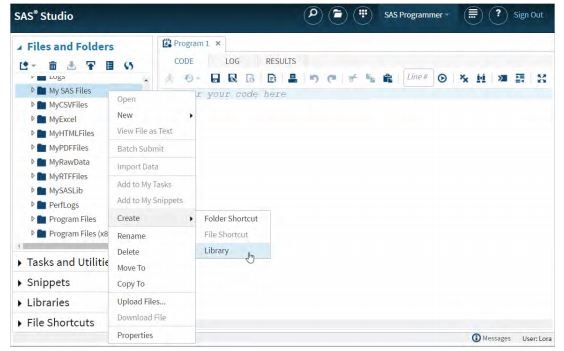
SAS Studio is the latest way you can access SAS. This newer interface allows users to reach SAS through a web browser, offering a number of unique ways that SAS can be optimized. At SAS Global Forum 2018, Lora Delwiche and Susan J Slaughter gave the presentation, “SAS Studio: A New Way to Program in SAS.” This post reviews the paper, offering you insights of how to enhance your SAS Studio programming performance.

It is imperative for developers, whether hardware or software engineers, to foresee unintended (probable or improbable) system usages and implement features that will make their creations foolproof, that is protected from misuse. Learn more about developing foolproof solutions with this old Russian anecdote.

Learn how to change your working directory for SAS. Beginning with SAS® 9.4 TS1M4, you can use a new DATA step function, DLGCDIR, to change the location of your working directory.
Datasets can present themselves in different ways. Identical data can bet arranged differently, often as wide or tall datasets. Generally, the tall dataset is better. Learn how to convert wide data into tall data with PROC TRANSPOSE.

The %SYSFUNC macro function allows you to access most SAS® functions. In this blog post, I demonstrate how %SYSFUNC can help in your programming needs when a macro function might not exist. I'll also share the formatting feature that is built in to %SYSFUNC and introduce the %QSYSFUNC that masks the returned value.
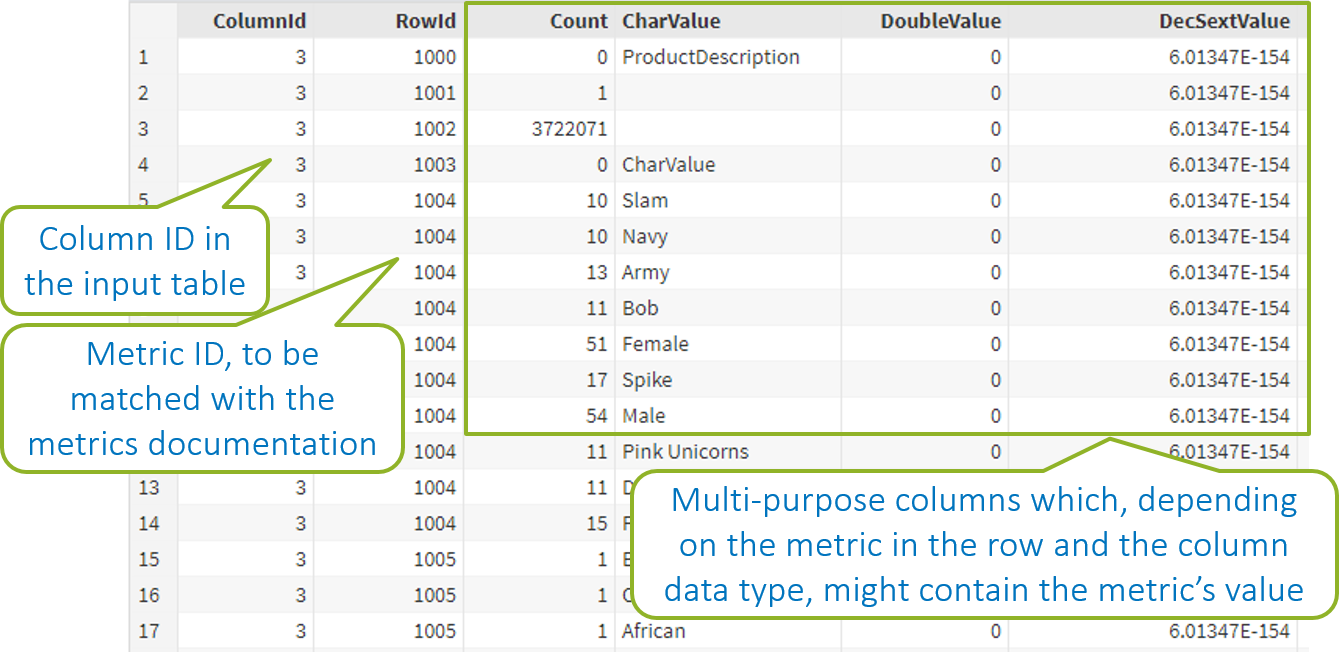
The release of SAS Viya 3.3 has brought some nice data quality features. In addition to the visual applications like Data Studio or Data Explorer that are part of the Data Preparation offering, one can leverage data quality capabilities from a programming perspective. Here is an overview of SAS Data Quality 3.3 programming capabilities.
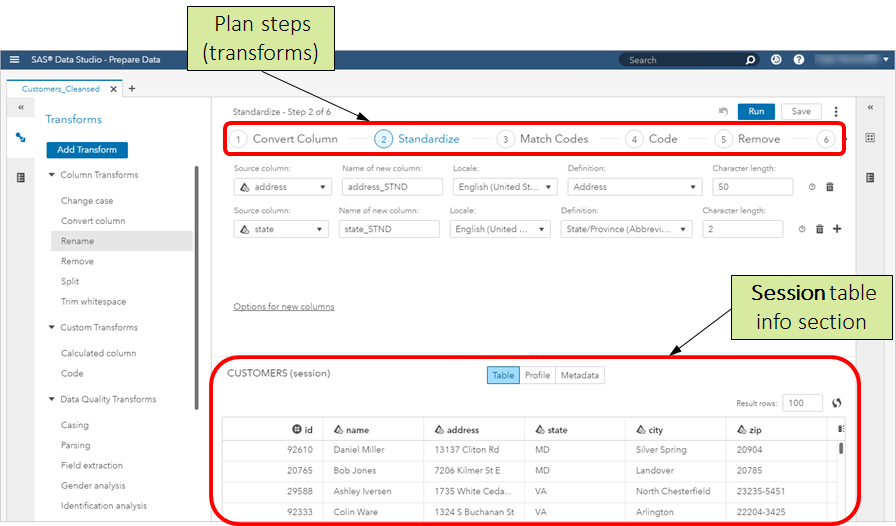
SAS Data Studio is a new application in SAS Viya 3.3 that provides a mechanism for performing simple, self-service data preparation tasks to prepare data for use in SAS Visual Analytics or other applications. It is accessed via the Prepare Data menu item or tile on SAS Home. Note: A
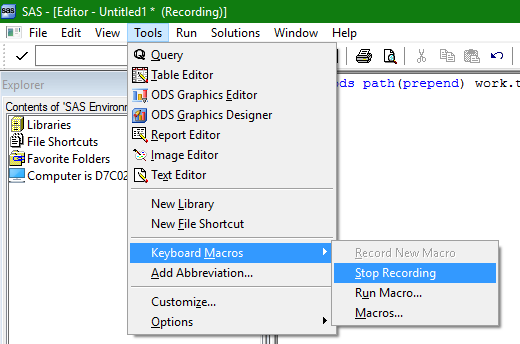
It is not laziness—it is efficiency!!! Programmers are often called lazy; we even call ourselves lazy. But we are not lazy, we are just being efficient. It makes no sense to type the same code over and over again or use more keystrokes than are absolutely necessary. Keyboard Macros You
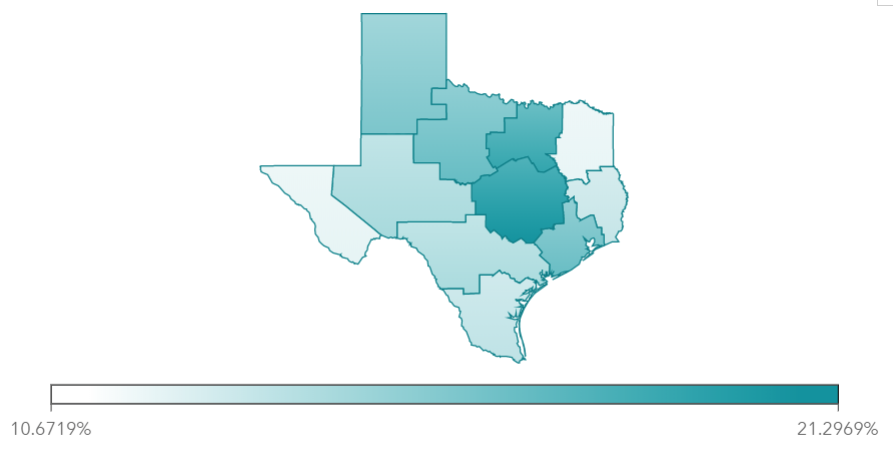
Are you interested in using SAS Visual Analytics 8.2 to visualize a state by regions, but all you have is a county shapefile? As long as you can cross-walk counties to regions, this is easier to do than you might think. Here are the steps involved: Step 1 Obtain a

If Necessity is the mother of Invention, then, perhaps, the father of Automation is Laziness. Automation is all about convenience, comfort, and productivity. Why do it yourself if you can devise something to do it for you! In my previous post Running SAS programs in batch under Unix/Linux, we learned
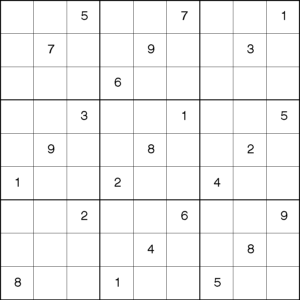
Most people who work with optimization are familiar with Linear and Integer Programming, to their toolkit they could add Constraint Programming. Constraint Programming is a powerful technique that is used to solve powerful “real-world” problems in a variety of areas, such as, planning, scheduling, DNA Sequencing, computer graphics and natural
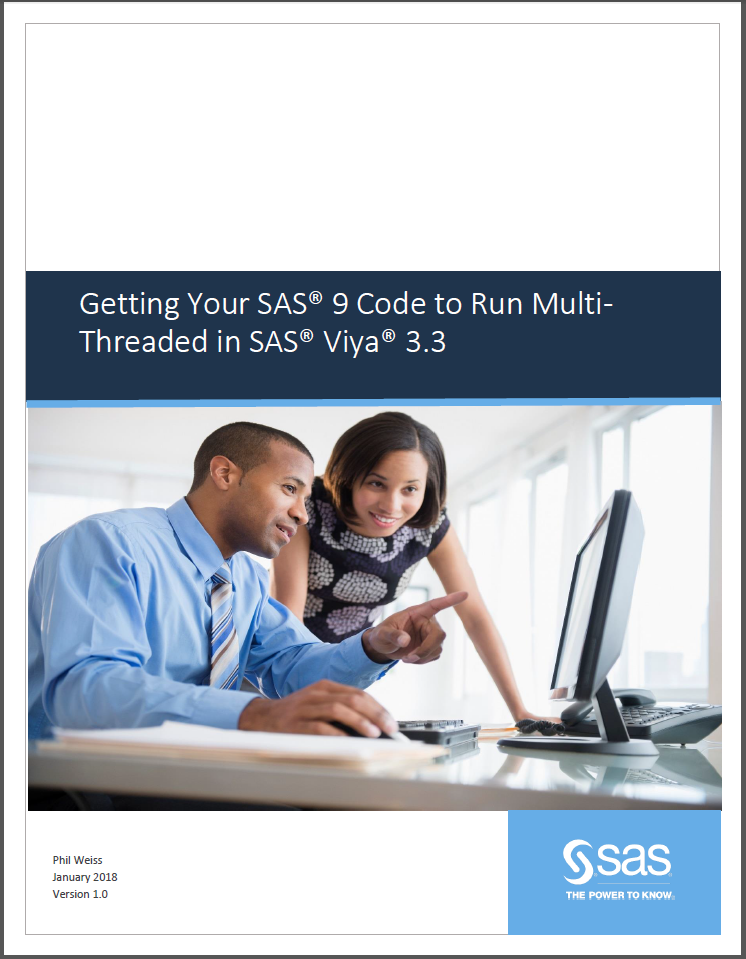
This article and accompanying technical white paper are written to help SAS 9 users process existing SAS 9 code multi-threaded in SAS Viya 3.3. Read the full paper, Getting Your SAS 9 Code to Run Multi-Threaded in SAS Viya 3.3. The Future is Multi-threaded Processing Using SAS® Viya® When I first began
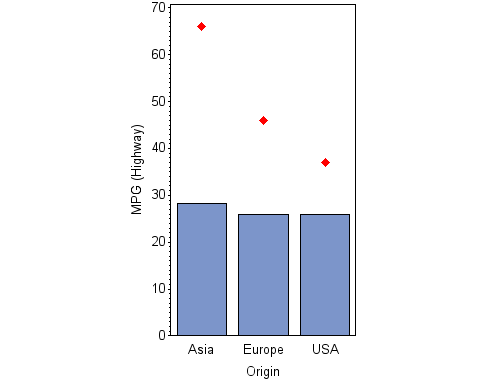
The SAS/GRAPH® Annotate Facility is often viewed as a mysterious programming abyss that many SAS users do not wish to dive into, in part because of some not-so-obvious pitfalls that they might experience when using it. I view annotation as a frequently misunderstood and needlessly feared but powerful tool that
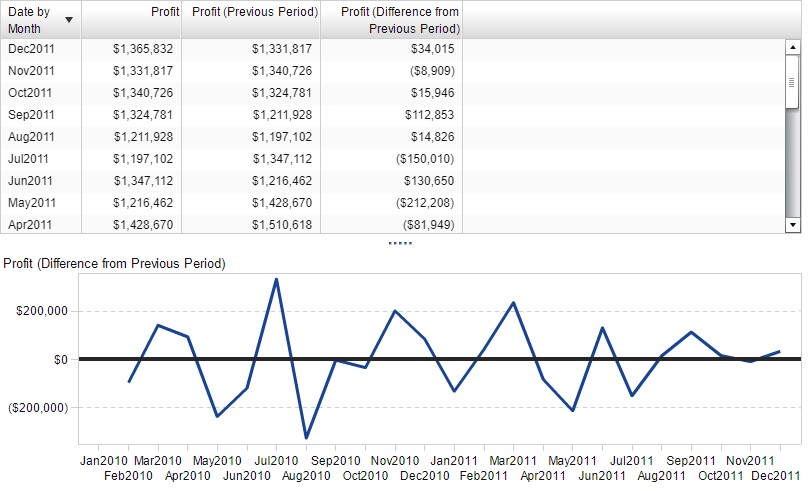
Another report requirement came my way and I wanted to share how to use our Visual Analytics’ out-of-the-box relative period calculations to solve it. Essentially, we had a customer who wanted to see a metric for every month, the previous month’s value next to it, and lastly the difference between

While SAS program development is usually done in an interactive SAS environment (SAS Enterprise Guide, SAS Display Manager, SAS Studio, etc.), when it comes to running SAS programs in a production or operations environment, it is routinely done in batch mode. Why run SAS programs in batch mode? First and

Compressing a data set is a process that reduces the number of bytes that are required to represent each observation in a file. You might choose to enable compression to reduce the storage requirements for the file and to lessen the number of I/O operations that are needed to read
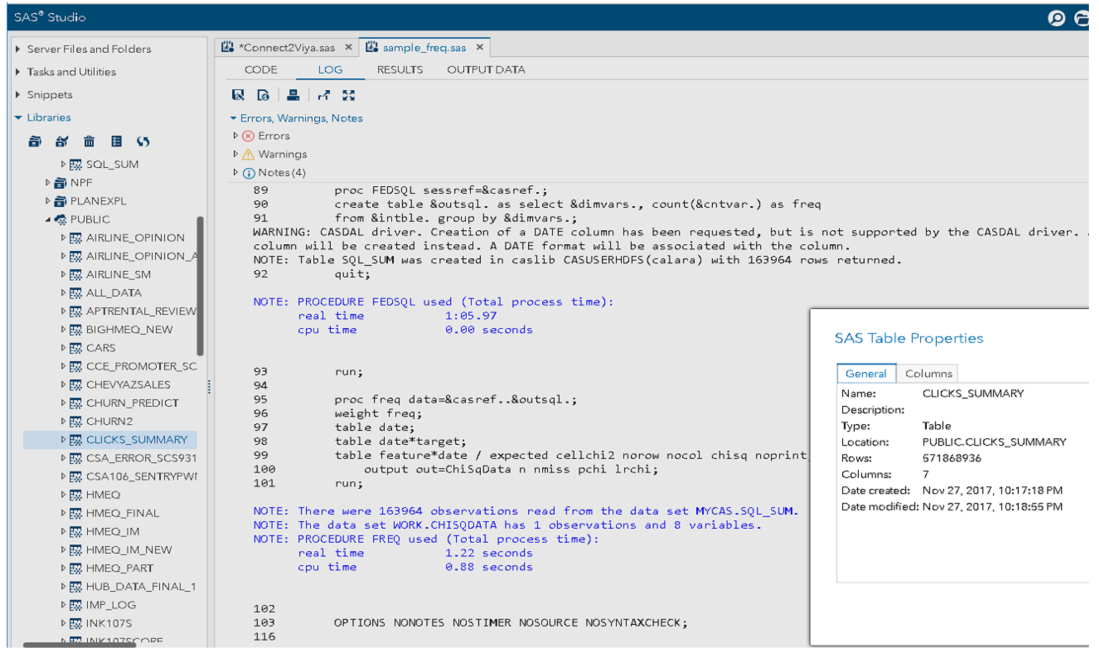
PROC FREQ is one of the most popular procedures in the SAS language. It is mostly used to describe frequency distribution of a variable or combination of variables in contingency tables. However, PROC FREQ has much more functionality than that. For an overview of all that it can do, see

During my 35 years of using SAS® software, I have found the CNTLIN and CNTLOUT options in the FORMAT procedure to be among the most useful features that I routinely suggest to other SAS users. The CNTLIN option enables you to create user-defined formats from a SAS data set (input
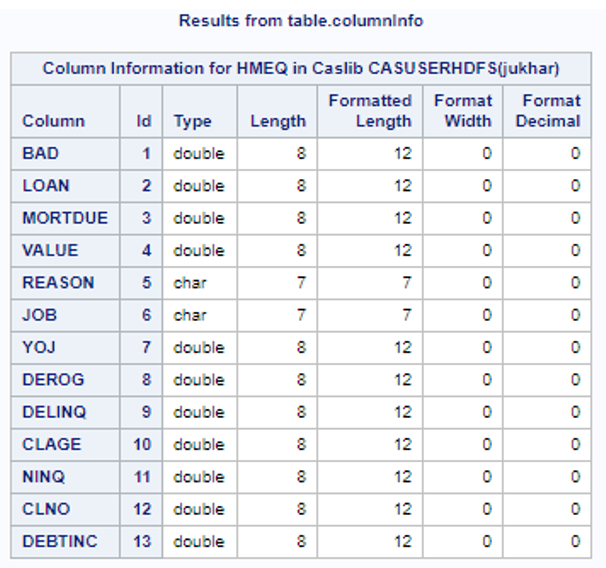
The CAS procedure (PROC CAS) enables us to interact with SAS Cloud Analytic Services (CAS) from the SAS client based on the CASL (the scripting language of CAS) specification. CASL supports a variety of data types including INT, DOUBLE, STRING, TABLE, LIST, BLOB, and others. The result of a CAS
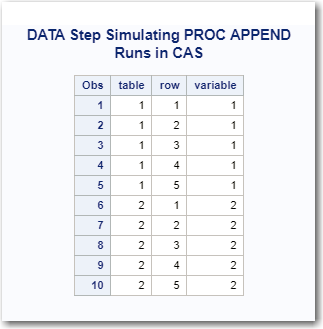
SAS Viya provides a robust, scalable, cloud-ready, distributed runtime engine. This engine is driven by CAS (Cloud Analytic Services), providing fast processing for many data management techniques that run distributive, i.e. using all threads on all defined compute nodes. Note: SAS Viya 3.5+ now supports the data set option APPEND=YES.
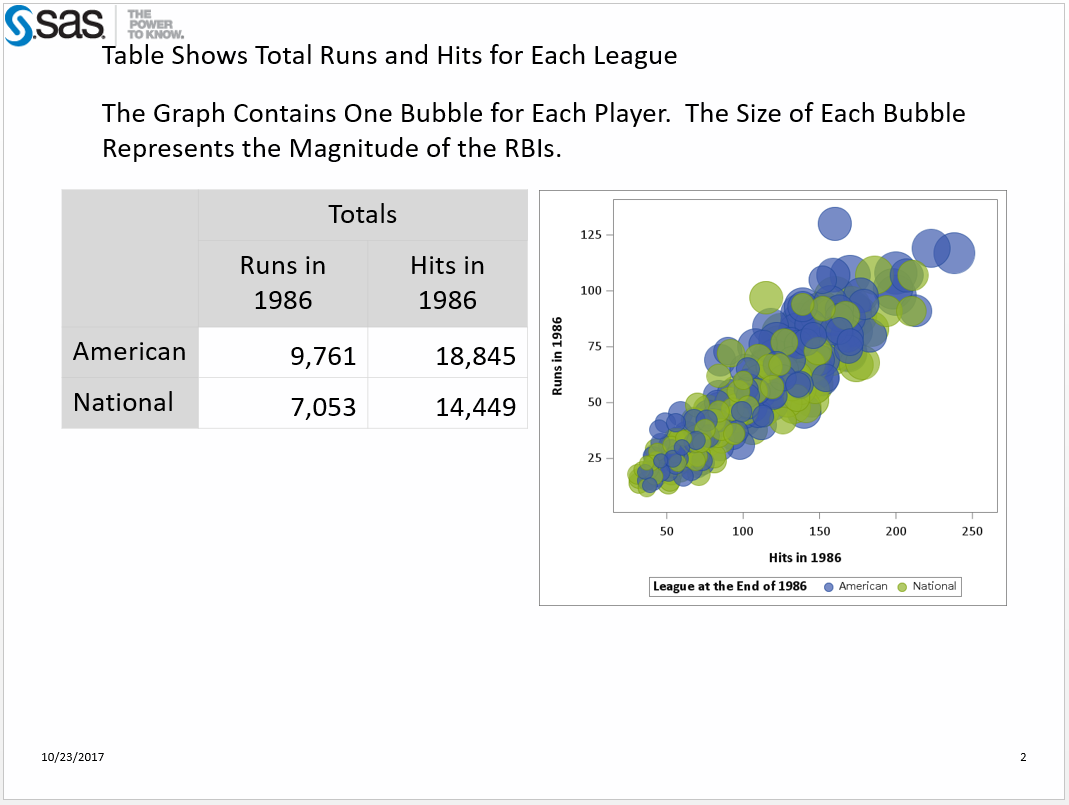
Have you heard? The ODS Destination for PowerPoint Has a New Option It’s true. The ODS destination for PowerPoint now has the STARTPAGE= option, which provides you with greater control and flexibility when creating presentations. Added to the ODS POWERPOINT statement in SAS® 9.4TS1M4, the STARTPAGE= option enables you to

There is certainly no shortage of terrific tips and tricks in various SAS blogs from some of our most distinguished SAS in-house experts. But, there's another group of equally qualified experts who don't often get to share their expertise on this channel: our customers. So, I went on a quest to get
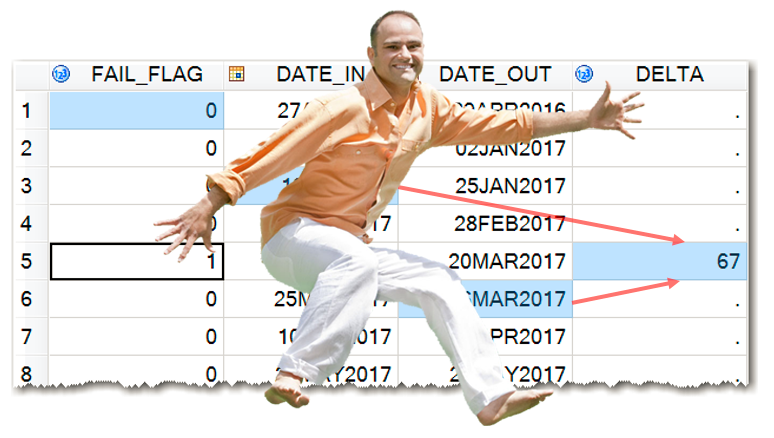
The purpose of this blog post is to demonstrate a SAS coding technique that allows for calculations with multiple variables and multiple observations across a SAS dataset. This technique can be useful for working with time series, clinical trials, - in any data step calculations involving values from different observations.

A ghoulish Halloween Boo to all my readers! Hope my costume freaks you out, but even if it doesn't, I’m positive PROC FREQ will in a few amazing ways! Today’s Programming 2: Data Manipulation Techniques class asked about the power of PROC FREQ. Since I stopped to explain some of it's benefits to

When loading data into CAS using PROC CASUTIL, you have two choices on how the table can be loaded: session-scope or global-scope. This is controlled by the PROMOTE option in the PROC CASUTIL statement. Session-scope loaded proc casutil; load casdata="model_table.sas7bdat" incaslib="ryloll" outcaslib="otcaslib" casout="model_table”; run; Global-scope loaded proc casutil; load casdata="model_table.sas7bdat"